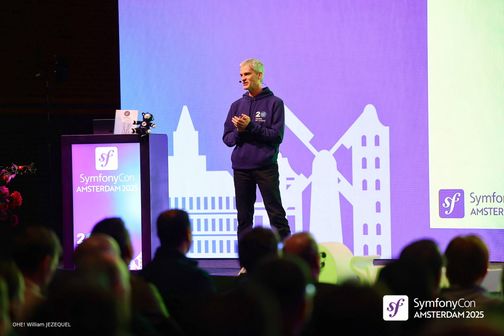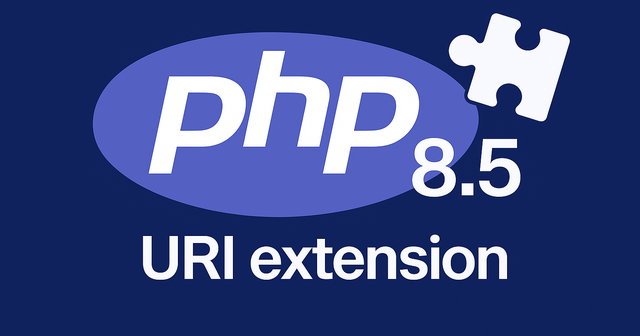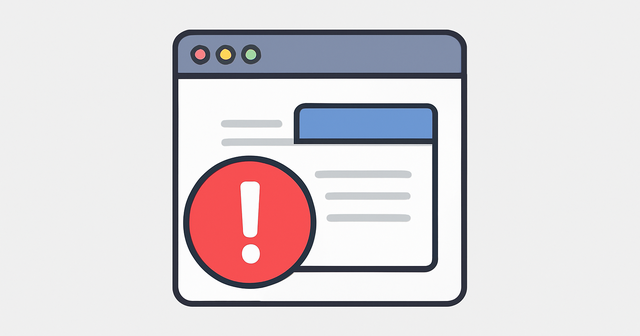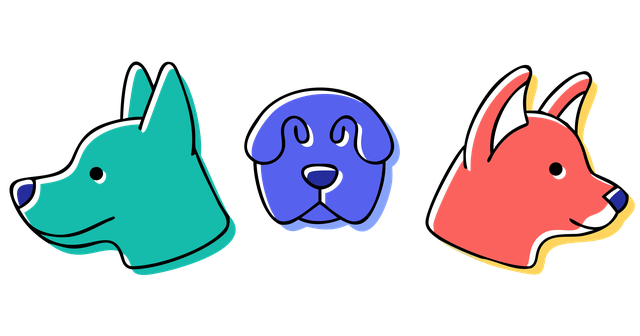Applying Domain-Driven Design in PHP and Symfony: A Hands-On Guide

Learn how to apply Domain-Driven Design (DDD) principles in Symfony with practical examples. Discover the power of value objects, repositories, and bounded contexts.
Introduction
Domain-Driven Design (DDD) helps developers structure their applications around real business logic while keeping concerns well-separated. In my previous post, I explained the theoretical foundations of DDD, but today we’ll dive into a real-world example by building a weather API client using OpenWeatherMap and Symfony.
What Will You Learn?
How to structure an API client using DDD principles
Using value objects to encapsulate request and response logic
Implementing a repository to handle API interactions
Keeping API logic separate from business logic
Using scoped HTTP clients in Symfony for better con
By the end of this post, you’ll be able to integrate third-party APIs into Symfony while maintaining a clean architecture.
Use Case: Fetching Weather Data from OpenWeatherMap
We will build a DDD-compliant API client that fetches current weather data from OpenWeatherMap.
API Details
Base URL:
https://api.openweathermap.org/data/2.5/weatherRequest Parameters:
q(City name, e.g.,"Berlin")units(Unit system:"metric","imperial","standard")
Example Request:
GET https://api.openweathermap.org/data/2.5/weather?q=Berlin&units=metric&appid=YOUR_API_KEYExample Response:
{ "coord": { "lon": 13.4105, "lat": 52.5244 }, "weather": [{ "main": "Clouds", "description": "scattered clouds" }], "main": { "temp": 21.5, "pressure": 1012, "humidity": 60 }, "wind": { "speed": 5.1, "deg": 220 }, "name": "Berlin" }
Step 1: Defining the API Interface
To keep our API logic decoupled from the application, we define an interface describing how the API client should work.
// ...
namespace App\Weather\Api;
use App\Weather\Domain\WeatherRequest;
use App\Weather\Domain\WeatherResponse;
use App\Weather\Domain\Region;
interface WeatherApiInterface
{
public function forRegion(Region $region, WeatherRequest $request = new WeatherRequest()): WeatherResponse;
}Why Use an Interface?
Abstracts external dependencies (e.g., OpenWeatherMap)
Ensures flexibility (easy to switch API providers)
Allows dependency injection for testing and mock implementations
By following this principle, our application remains loosely coupled and easier to extend and test.
Step 2: Implementing Value Objects
Region (Value Object)
Encapsulates and validates city names.
// ...
use Webmozart\Assert\Assert;
final readonly class Region
{
public function __construct(public string $value)
{
Assert::stringNotEmpty($value);
Assert::notWhitespaceOnly($value);
}
}Unit (Enum Value Object)
Represents predefined unit values, ensuring strict type safety and extensibility.
enum Unit: string
{
case METRIC = 'metric';
case IMPERIAL = 'imperial';
case STANDARD = 'standard';
}WeatherRequest (Value Object)
Represents all possible filters or query options available for the API.
// ...
final readonly class WeatherRequest implements \JsonSerializable
{
public function __construct(
public Unit $unit = Unit::METRIC,
) {
}
public function jsonSerialize(): array
{
return [
'unit' => $this->unit->value,
];
}
}WeatherResponse (Value Object)
Validates and structures weather data returned by the API.
use Webmozart\Assert\Assert;
final readonly class WeatherResponse
{
public function __construct(array $values)
{
Assert::keyExists($values, 'name');
$this->city = $values['name'];
Assert::keyExists($values, 'main');
Assert::keyExists($values['main'], 'temp');
$this->temperature = $values['main']['temp'];
Assert::keyExists($values, 'weather');
Assert::isList($values['weather']);
Assert::count($values['weather'], 1);
Assert::keyExists($values['weather'][0], 'description');
$this->description = $values['weather'][0]['description'];
// of course, this is a very simplified example
}
}Why Use Value Objects?
Ensures strong data integrity
Encapsulates domain logic
Prevents invalid data from being passed around
Enhances testability and readability
Using enums like Unit also improves developer experience (DX) since it provides clear constraints and prevents incorrect values from being used.
Step 3: Implementing the Weather API Client
We now create a Symfony HttpClient-based implementation for our API client.
// ...
final class WeatherApi implements WeatherApiInterface
{
public function __construct(
private HttpClientInterface $client,
#[\SensitiveParameter]
#[Autowire(env: 'OPENWEATHER_API_KEY')]
private string $apiKey
) {}
public function forRegion(Region $region, WeatherRequest $request = new WeatherRequest()): WeatherResponse
{
$response = $this->client->request('GET', 'https://api.openweathermap.org/data/2.5/weather', [
'query' => [...$request->jsonSerialize(), 'q' => $region->name, 'appid' => $this->apiKey],
]);
return new WeatherResponse($response->toArray());
}
}Alternatively, instead of injecting the generic HTTP client, Symfony allows us to define a scoped HTTP client for OpenWeatherMap.
framework:
http_client:
scoped_clients:
openweather.client:
base_uri: 'https://api.openweathermap.org/data/2.5/weather'
headers:
Accept: 'application/json'
query:
appid: '%env(OPENWEATHER_API_KEY)%'And now modify the in the previous step implemented Client
final class WeatherApi implements WeatherApiInterface
{
public function __construct(
+ private HttpClientInterface $openweatherClient,
- private HttpClientInterface $client,
- #[\SensitiveParameter]
- #[Autowire(env: 'OPENWEATHER_API_KEY')]
- private string $apiKey
) {}
public function forRegion(Region $region, WeatherRequest $request = new WeatherRequest()): WeatherResponse
{
- $response = $this->client->request('GET', 'https://api.openweathermap.org/data/2.5/weather', [
- 'query' => [...$request->jsonSerialize(), 'q' => $region->name, 'appid' => $this->apiKey],
+ $response = $this->openweatherClient->request('GET', 'https://api.openweathermap.org/data/2.5/weather', [
+ 'query' => [...$request->jsonSerialize(), 'q' => $region->name],
]);
return new WeatherResponse($response->toArray());
}
}Step 4: Understanding the Directory Structure
When working with DDD, keeping code organized is crucial. We use the Bridge pattern to separate the external API logic from our business logic.
src/
├── Bridge/
│ ├── WeatherApi/
│ │ ├── Domain/
│ │ │ ├── Region.php
│ │ │ ├── Unit.php
│ │ │ ├── WeatherRequest.php
│ │ │ ├── WeatherResponse.php
│ │ ├── WeatherApi.php
│ │ ├── WeatherApiInterface.phpWhy This Structure?
Encapsulates API integration logic under
Bridge\WeatherApiKeeps domain logic independent of API details
Facilitates maintenance and testing by isolating external dependencies
Using this approach allows us to switch API providers or modify implementation details without affecting the core domain logic.
Conclusion
This example demonstrates how to integrate an external API in Symfony using DDD principles
Encapsulate API logic in a repository
Use value objects for request and response validation
Abstract API interactions behind an interface
Use Symfony's scoped HTTP clients for cleaner configuration (optional)
By structuring your Symfony API client this way, you ensure maintainability, decoupling, and testability.







